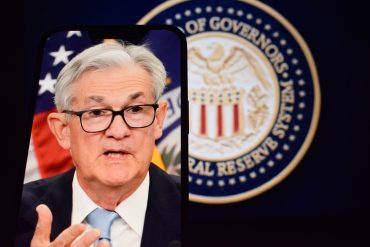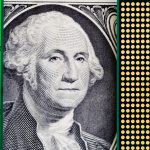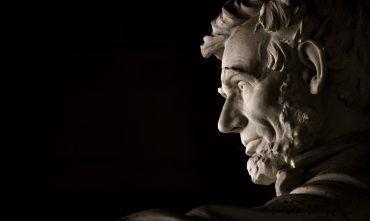

Federal Reserve Chairman resists White House pressure as trade war inflation concerns shape monetary policy decisions
Three Key Facts
- Powell signals no July rate cut during House testimony, creating tension with President Trump who advocates for lower rates to boost economic growth
- Second day of congressional testimony as Fed Chairman addresses Senate Banking Committee at 10 a.m. Wednesday following Tuesday’s House Financial Services Committee appearance
- Tariff inflation concerns drive policy stance with Powell citing potential inflationary impact of Trump’s trade policies as key factor in interest rate decisions
Introduction
Federal Reserve Chairman Jerome Powell faces intensifying political pressure as he delivers his second consecutive day of congressional testimony Wednesday morning. The central bank chief signals the Fed may hold off on interest rate cuts in July, directly contradicting President Trump’s calls for monetary easing to stimulate economic growth.
Powell’s stance reflects growing concerns about inflationary pressures from the administration’s tariff policies. The testimony comes at a critical juncture when lawmakers and market participants seek clarity on the Fed’s response to escalating trade tensions and their economic implications.
Key Developments
Powell’s Tuesday appearance before the House Financial Services Committee established the framework for ongoing debate over monetary policy direction. The Fed Chairman emphasized the central bank’s commitment to data-driven decisions rather than political pressure.
The testimony reveals a fundamental disagreement between the White House and Federal Reserve on economic strategy. Trump argues current interest rates constrain growth potential, while Powell maintains that premature rate cuts could fuel unwanted inflation.
Wednesday’s Senate Banking Committee hearing provides Powell another platform to articulate the Fed’s position. Committee members are expected to press the Chairman on the timeline for potential rate adjustments and the Fed’s assessment of trade policy impacts.
Market Impact
Financial markets closely monitor Powell’s congressional appearances for signals about future monetary policy direction. Interest rate expectations directly influence bond yields, equity valuations, and currency movements.
The Chairman’s dovish tone regarding July rate cuts affects market positioning across asset classes. Bond traders adjust expectations for the federal funds rate trajectory, while equity investors weigh the implications for corporate borrowing costs and economic growth.
Currency markets respond to diverging monetary policy signals between the Fed and other major central banks. The dollar’s strength or weakness depends partly on interest rate differentials and perceived policy credibility.
Strategic Insights
Powell’s testimony highlights the Fed’s independence in monetary policy decisions despite political pressure. This institutional autonomy serves as a cornerstone of central banking credibility and long-term economic stability.
The debate over interest rates reflects broader economic tensions between growth stimulation and inflation control. Trade policy complications add another layer of complexity to traditional monetary policy considerations.
Financial institutions benefit from clarity on interest rate direction as they manage lending portfolios and interest rate risk. Uncertainty about Fed policy creates challenges for banks’ net interest margin planning and credit allocation decisions.
Expert Opinions and Data
Powell’s approach balances multiple economic indicators rather than responding to single data points or political demands. The Fed Chairman consistently emphasizes the importance of comprehensive economic assessment in policy formulation.
Economic analysts note the challenging environment facing the Federal Reserve as it navigates between competing pressures. Trade policy uncertainty complicates traditional monetary policy transmission mechanisms and economic forecasting.
The testimony process allows lawmakers to understand the Fed’s analytical framework and policy priorities. These exchanges provide transparency into central bank thinking while maintaining operational independence from political influence.
Conclusion
Powell’s congressional testimony underscores the Federal Reserve’s commitment to independent monetary policy amid political pressure for rate cuts. The Chairman’s emphasis on tariff-related inflation risks signals a cautious approach to interest rate adjustments.
The ongoing dialogue between Congress and the Fed provides essential transparency while preserving central bank autonomy. Market participants continue monitoring these exchanges for insights into future policy direction and economic assessment.








